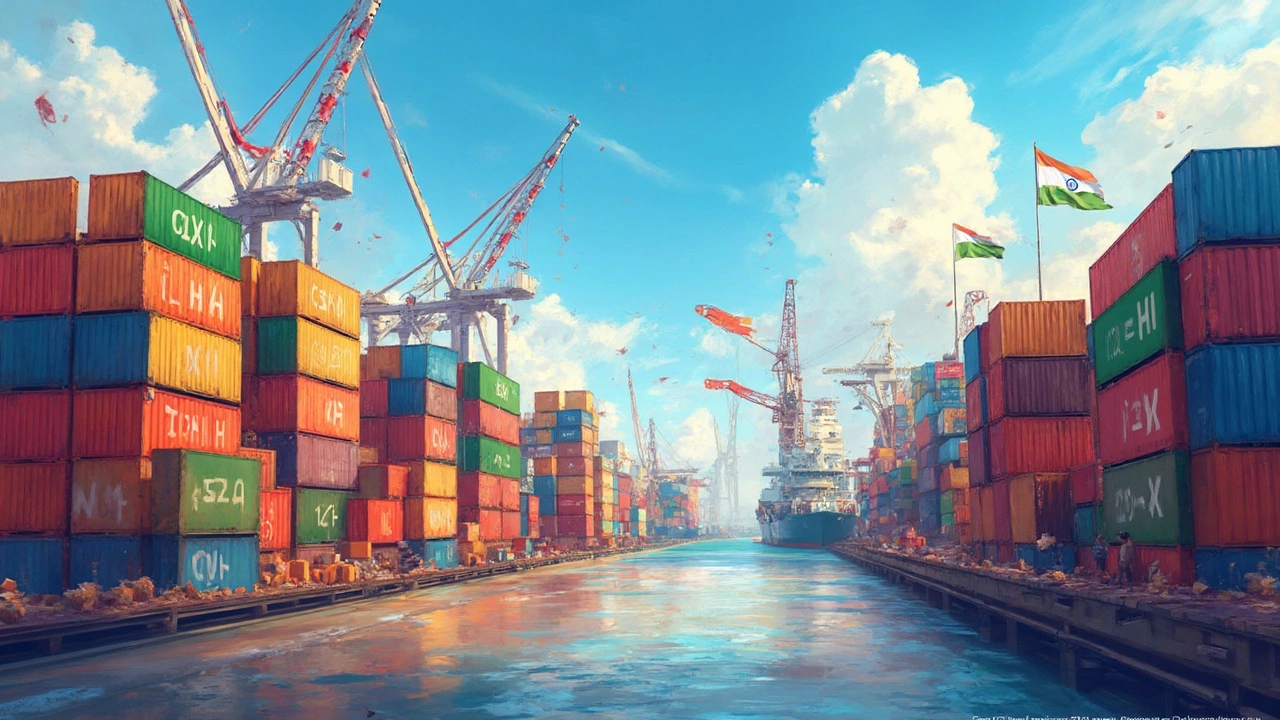Export Market Guide for Indian Manufacturers
If you’re a factory owner or a small‑batch producer in India, the export market isn’t a far‑off fantasy – it’s a reachable goal. With demand rising for everything from plastic components to pharma products, the right strategy can turn a local shop into a global player.
Why exporting matters right now
The world’s supply chains are shifting. Countries like the US and Europe are looking for reliable partners to fill gaps in their own production lines. That means higher demand for Indian‑made goods, especially in sectors where cost, quality and speed line up.
Recent data shows India climbing the ranks in chemical, furniture and automotive exports. For example, the post “Largest Chemical Exporter” highlights how a handful of Indian firms now dominate certain chemical segments worldwide. Similarly, “Exporting Furniture from India to USA” outlines the steps Indian wood workers used to tap the American market.
These stories prove two things: first, the market is open; second, you need a clear roadmap.
Key steps to break into the export market
1. Know your product’s niche. Whether you make injection‑molded parts or specialty plastics, identify the segment that’s in demand abroad. The “Best Plastic Companies 2025” post gives a snapshot of which plastic grades buyers are seeking.
2. Match standards and certifications. Many overseas buyers insist on ISO, CE or US FDA approvals. Check the specific requirements for your industry – pharma labs often need US FDA clearance, while furniture exporters must meet ASTM standards.
3. Pick the right trade terms. Incoterms like FOB, CIF or DDP dictate who pays for shipping, insurance and customs. Understanding these can save you from surprise costs at the destination port.
4. Build a reliable logistics network. The post on “Can You Bring a 65 Inch TV from USA to India?” shows how shipping, customs duty and handling charges add up. Partner with a freight forwarder who knows both Indian export regulations and the rules of your target market.
5. Price for profit and competitiveness. Don’t just add a flat markup. Factor in raw material costs (see “How Manufacturers Source Plastic Raw Materials”), freight, insurance and any duties the buyer will face.
6. Use government schemes. Programs like the Merchandise Exports from India Scheme (MEIS) offer rebates that can improve your margin. The article “Manufacturing’s Impact: How Government Schemes Shape Our Everyday Life” explains how to claim these benefits.
7. Leverage digital platforms. B2B marketplaces, LinkedIn groups and industry webinars are low‑cost ways to find overseas buyers. Show off case studies from the “Top 10 Pharma Labs in India (2025)” to build credibility.
Putting these steps together creates a practical roadmap. Start small – perhaps a pilot shipment of a single product line – and use the feedback to fine‑tune your process.
Exporting isn’t a one‑time project; it’s an ongoing cycle of learning, adapting and scaling. Keep an eye on market reports, stay compliant, and let the success stories on this site guide you. With the right approach, your Indian factory can become a trusted supplier on the world stage.

India's Chemical Export Industry: A Closer Look
India's chemical export industry is booming, with diverse products reaching global markets. From organic chemicals to specialty items, the sector plays a key role in India's economy. This article explores the major chemicals India exports, the dynamics of its export market, and interesting facts on how these products impact global industries. Understanding these can benefit international trade partners and potential investors.
Read More